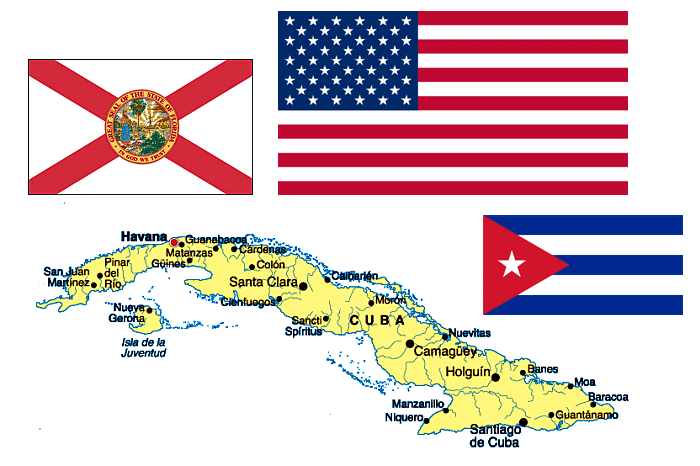| Recent UF/IFAS webinar discusses opportunities and challenges of agricultural trade with Cuba |
THIS PAST DECEMBER, President Obama made a televised speech regarding Cuba that caused everyone to pay attention; those in Florida agriculture should take special note. On December 17, President Obama announced a move toward normalized relations between the U.S. and the Caribbean island of Cuba, located 90 miles south of the Florida Keys.
The news was surprising as the two countries have not had formal relations for the last 50 years. For many, such a move means the legalization of much-sought-after Cuban cigars, a new tropical tourist destination in the Caribbean, and free trade with the island nation. However, the reality is that U.S. currently does trade with Cuba; it’s just that the trade goes only one way.
“The U.S. has been Cuba’s largest supplier of imported food products in 11 of the last 12 years,” maintains William A. Messina, Jr., an agricultural economist with the Food and Resource Economics Department in the University of Florida’s Institute of Food and Agricultural Sciences (UF/IFAS). He has been back and forth between Cuba and Florida since the early 1990s, when UF partnered with The University of Havana to collaborate on agriculture research. He outlined the trade history between Cuba and the U.S. in a recent UF/IFAS Center for Public Issues Education webinar, highlighting why “resumption of trade between the U.S. and Cuba, whenever it occurs, will have a more significant impact on Florida agriculture than any single event in the history of our state.”
Trade started in 2001 when Hurricane Michelle hit Cuba head-on and the U.S. offered aid to the battered island. The Cuban government counter-offered with a request to buy U.S. food to “replenish stocks lost in the storm.” Cuba has continued to buy food and agriculture implements from the U.S., with more than $5 billion in American exports like wheat flour, soybean oil, and dairy products reaching Cuba since 2001.
While “resuming diplomatic relations with Cuba doesn’t equal resuming trade and commercial relations,” as Messina pointed out during the webinar, the possibility of full trade relations with the island nation offers a few different possibilities for the Sunshine State. For instance, Florida growers and farmers could find new markets in Cuba, as food and agriculture equipment are already passing through the Straits of Florida. Cuba’s ag infrastructure and technology are far from up to date, and it’s going to take some time for the island nation to modernize. It’s also going to take some time to see any increase in ag exports. According to Messina, “because the recent announcements don’t significantly impact the terms and conditions for U.S. food and ag products sales to Cuba, I don’t expect to see any significant change in U.S. exports.”
On the other hand, Cuba eventually could offer the Florida agriculture industry a run for its money. “Cuba is about three-quarters the size of Florida,” explained Messina, adding that more than 70 percent of Cuba’s land is arable. Furthermore, being 90 miles apart, Cuba and Florida also have similar tropical climates and year-round growing seasons. The produce and livestock that do so well in Florida — beef, sugar, citrus, avocado, berries, olives, etc. — do well in Cuba, too. That also means that Cuba deals with the same issues, pests and diseases — such as water issues and citrus greening — but the Cubans currently don’t have the science and technology to solve such problems.
There are many other factors adding to the speculation about which way the wind is. “Cuba is a complicated place,” Messina admits. For one, the Cuban government has proven to be fickle about open markets, and the next U.S. president could choose a different policy altogether. Similarly, other countries — like Brazil and Venezuela — also have interests in Cuba, making foreign competition another concern.
In short, the possible opportunities and challenges Cuba will present to Florida and the U.S. are numerous, making it essential for those in Florida agriculture to get up to speed.
CREDIT
article by ERIKA ALDRICH

